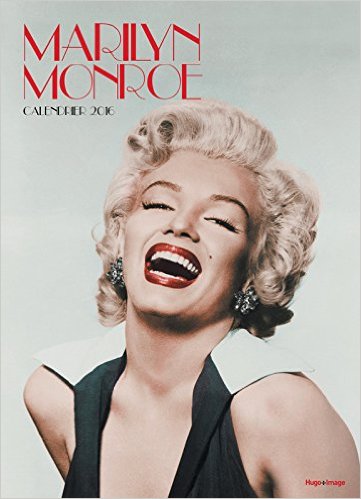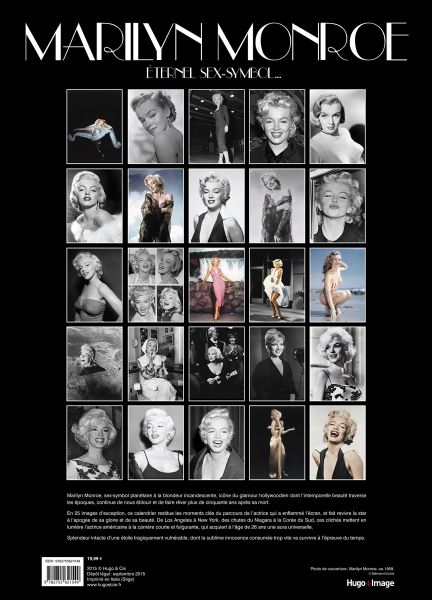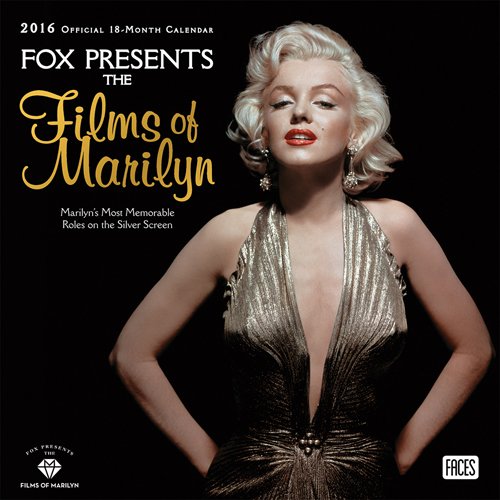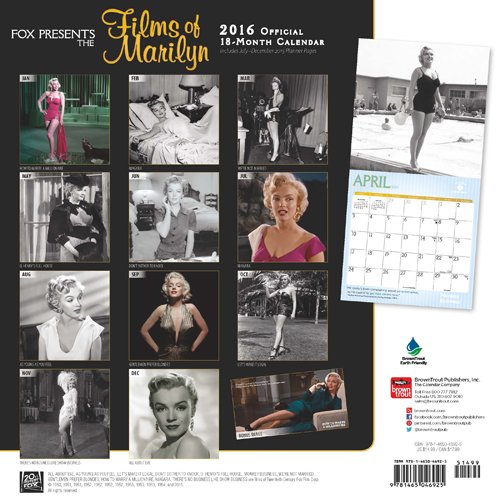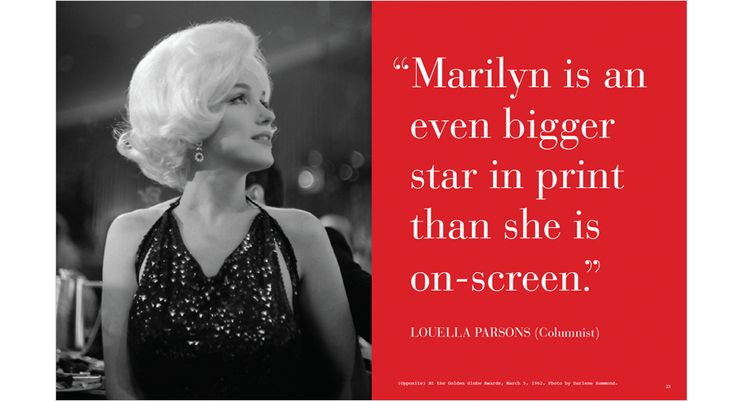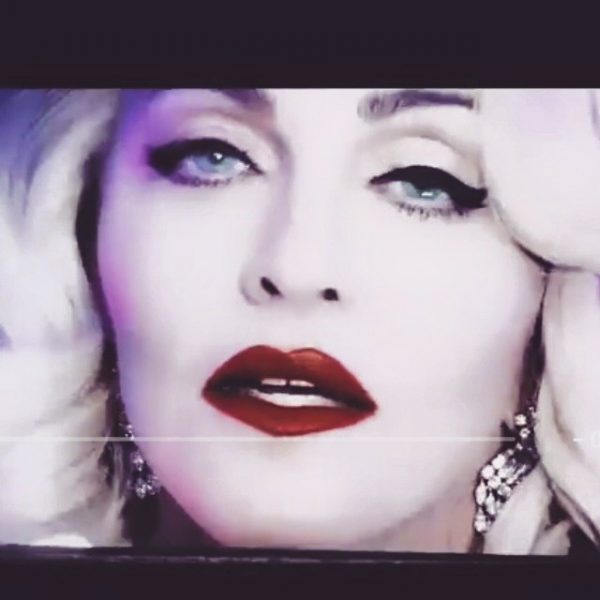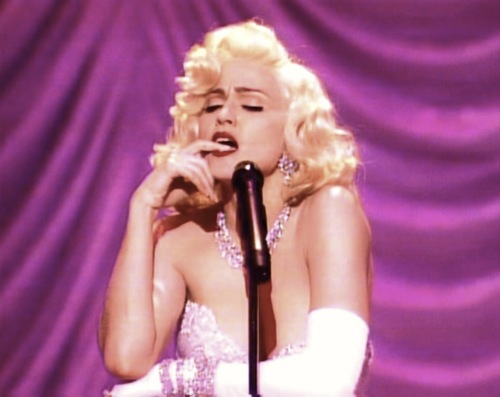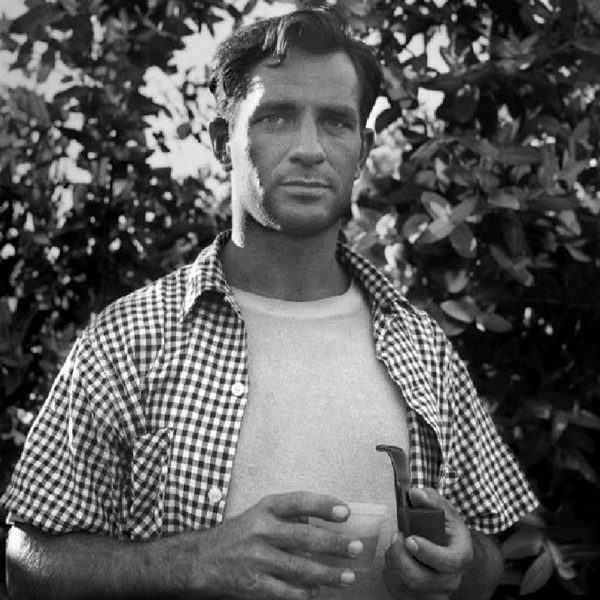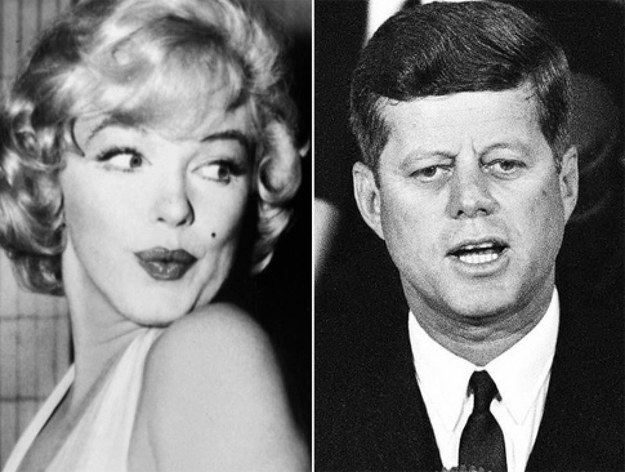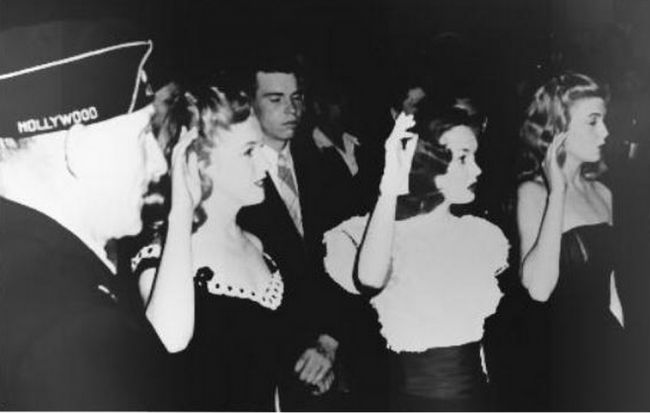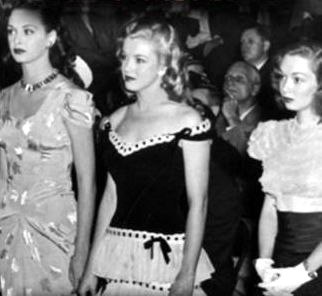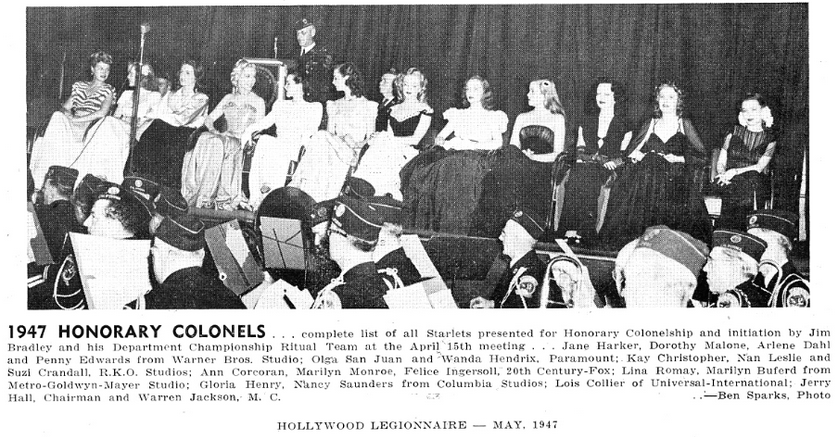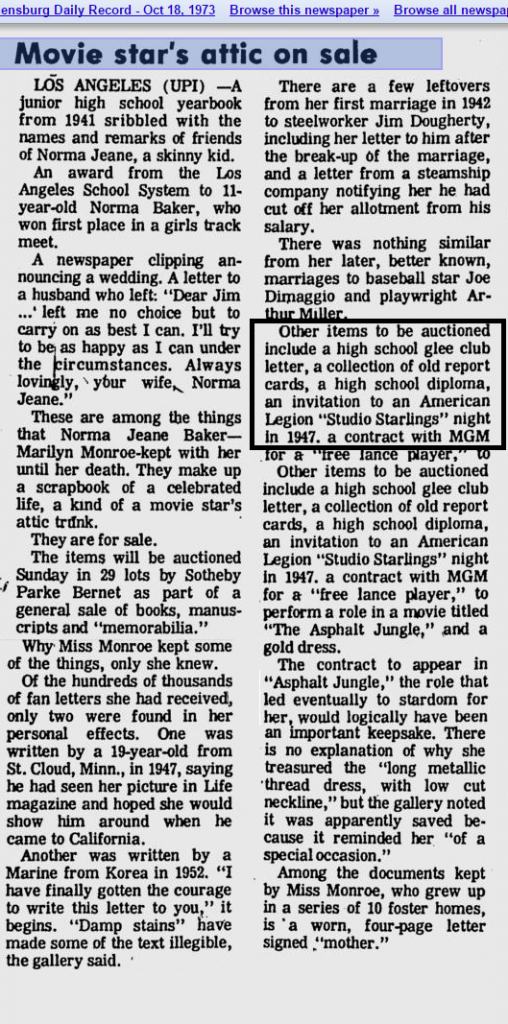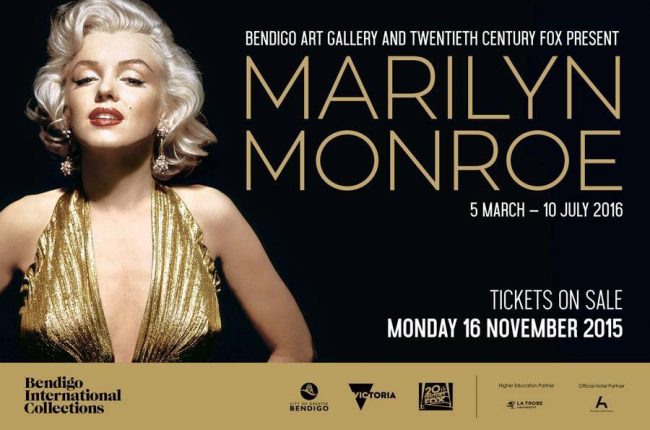In an article for the Huffington Post, Brian Cronin revisits one of the most vicious insults in Hollywood history, asking ‘Did Tony Curtis say that kissing Marilyn Monroe was like kissing Hitler?‘
“One of the most famous legends about an on-screen kiss is what Tony Curtis supposedly said about kissing Marilyn Monroe when they filmed the classic Billy Wilder film Some Like It Hot together in the summer of 1958.
While filming Some Like It Hot, Monroe was habitually late, ruined scenes and was overall an extremely difficult person to be around. Director Billy Wilder did not even invite her to the wrap party for the movie.
When asked what kissing Monroe was like, Curtis reportedly said it was ‘like kissing Hitler.’
The story became an instant Hollywood legend, the sort of thing that would be repeated no matter the veracity.
As to the truth of the quote, Curtis muddied that up when he denied saying it a number of times.
Where it came from was a screening room during the making of Some Like It Hot where most of the crew were watching the dailies of the film. Someone commented that Curtis’ kissing scene with Monroe looked like he was really enjoying himself, so they asked what it was like. Curtis blithely responded that it was like kissing Hitler. It got a big laugh, although it greatly upset Paula Strasberg, who in the room (Strasberg was Monroe’s acting coach, and her confidante – she was on the film as a sort of mini-entourage for Monroe). Monroe was not in the room at the time, but she of course was filled in soon enough by Strasberg. The room was filled with plenty of witnesses to the quote, though.
Soon before his death in 2010, however, Curtis finally admitted to the story, only he argued that it was not serious, he was just trying to get a laugh and to also make fun of the absurdity of the question.”
In his 2009 book, Some Like it Hot: Marilyn, Me and the Movie, Curtis made the bizarre claim that they had an affair. In my review, I explored the many contradictions in Tony’s tales of Marilyn.
“In recent years, Curtis has largely retired from acting. Now 84, he has published an autobiography, American Prince (2008), and regularly appears on television chat shows. Unsurprisingly, he is frequently asked to relate his memories of Some Like It Hot, and Marilyn in particular. Over time a vivid, but contradictory picture of his relationship with Monroe has emerged.
In American Prince, Curtis claimed to have had an affair with Marilyn in 1948, when she was still a struggling actress. Curtis has also stated in some interviews that the affair took place when Marilyn was 19, which would place it three years earlier. However, in 1945, Marilyn was not yet an actress, but a married factory worker and sometime model, still known as Norma Jeane Dougherty (she did not change her name or take up acting until the following year.)
Curtis’s latest memoir, Some Like It Hot: Me, Marilyn and the Movie (2009) dates their alleged romance at 1950, by which time Marilyn was no longer a ‘nobody’, but after key roles in The Asphalt Jungle and All About Eve, on the brink of stardom. Curtis was then a bit-player at Universal Pictures, on Hollywood’s ‘Poverty Row’. (He too would soon find fame in 1952’s Son of Ali Baba, shortly after marrying actress Janet Leigh, and Curtis later won praise for his performances in two 1957 films, Sweet Smell Of Success and The Defiant Ones.)
There is no record of an affair with Curtis in the many biographies of Monroe. All that is certain is that they did meet at least once in 1951, when they and several other young hopefuls were photographed together for a Life magazine feature, entitled ‘Stars of Tomorrow’.
In his autobiography, Curtis claimed that his supposed affair with Monroe was rekindled on the set of Some Like It Hot. All the more peculiar, then, that he should compare the experience to kissing Hitler. Now, in Some Like It Hot: Me, Marilyn and the Movie, Curtis makes an additional claim – that Marilyn became pregnant with his child during filming.
Curtis details a one-night stand with Marilyn early on in the shoot, and later, a confrontation with Monroe’s husband, Arthur Miller, where she implied that Tony was the father of her unborn baby. (Curtis’s wife, Janet Leigh, was also then expecting their second child, daughter Jamie Lee Curtis.)
In December 1958, shortly after Some Like It Hot wrapped, Marilyn suffered a miscarriage. Her pregnancy had lasted at least three months. Curtis has never before claimed that he might have fathered her child until Some Like It Hot: Me, Marilyn and the Movie was published earlier this year – even 2008’s American Prince, which covers Curtis’s relationship with Marilyn in detail, omits this scenario.
‘Tony Curtis’ new book…’ observed Mick LaSalle, ‘underscores one of the unsung advantages of longevity: If you live long enough, you can claim to have had sex with any of your contemporaries, so long as they’re not around to deny it.’”
